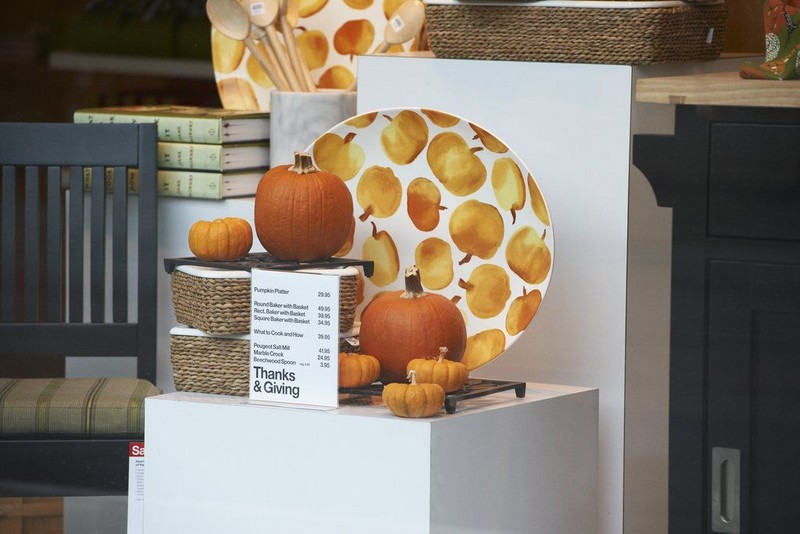Max Farago
15 Mar - 27 Apr 2013
MAX FARAGO
Look Like Barbie, Smoke Like Marley
15 March - 27 April 2013
Jonathan Viner is pleased to present Look Like Barbie, Smoke Like Marley, an exhibition of new works by Max Farago. The exhibition samples a 2012 project in which Farago located a temporary troupe of subjects at marginal settings in the Los Angeles landscape—post-foreclosure McMansions, icy shopping malls, overcrowded pool patios—with results that are seemingly overfamiliar, but actually unprecedented.
A veteran of documentary street photography and of the complex staging and styling of fashion shoots, Farago is a connoisseur of artifice and authenticity, precision and pretense. The photos of Look Like Barbie, Smoke Like Marley look real, feel fake, feel real, look fake. How they look and how they feel are the realest things about them. They document ambiguous incidents in semi-staged narratives, with sort-of actors and sort-of models sort-of acting and sort-of modelling. They are about family and friendship and youth and age and sex and death. Each documented incident casually destabilizes the network of interpolated relationships between the troupe of subjects: sisters become lovers, brothers become boyfriends, intimates become strangers. The result is a confluence of family and sensuality, actual and artificial, that recalls the usual descriptions of shoots in the nearby San Fernando Valley, home of the American pornography industry—or the parallel spectacle of reality television.
In America, the ascent of reality television coincided with that other televised event, the American excursion into Iraq. These events share certain properties: fabricated premises, seemingly simplified but actually complicated narratives of peril and possibility, ally and enemy, all deployed to shock and awe. Farago's images adopt and distort the visual modes of such events, our new default standards for overlit landscapes, bleached or saturated colour palettes, conventional physical beauties, and picturesque settings. It seems that we have seen them before.
But this is not another freak show. Nor, entirely, another remix in a recursive cycle of visual appropriations. There is in Farago's every image an extraordinarily visible compassion, a street sympathy, for the characters, for the real-life people who embody them, and for the real-life bodies themselves, that Farago has cast into this constructed reality—just as America's best young people, with their candor, cheer, and courage, were cast into their country's strangest war: innocent of the world they were born into, doing their best with what was put into their hands, captured by cameras. It is a compassion that, just maybe, breaks that recursive cycle, and shatters its way, as sharp as the edge of a mirror, into something new.
Look Like Barbie, Smoke Like Marley
15 March - 27 April 2013
Jonathan Viner is pleased to present Look Like Barbie, Smoke Like Marley, an exhibition of new works by Max Farago. The exhibition samples a 2012 project in which Farago located a temporary troupe of subjects at marginal settings in the Los Angeles landscape—post-foreclosure McMansions, icy shopping malls, overcrowded pool patios—with results that are seemingly overfamiliar, but actually unprecedented.
A veteran of documentary street photography and of the complex staging and styling of fashion shoots, Farago is a connoisseur of artifice and authenticity, precision and pretense. The photos of Look Like Barbie, Smoke Like Marley look real, feel fake, feel real, look fake. How they look and how they feel are the realest things about them. They document ambiguous incidents in semi-staged narratives, with sort-of actors and sort-of models sort-of acting and sort-of modelling. They are about family and friendship and youth and age and sex and death. Each documented incident casually destabilizes the network of interpolated relationships between the troupe of subjects: sisters become lovers, brothers become boyfriends, intimates become strangers. The result is a confluence of family and sensuality, actual and artificial, that recalls the usual descriptions of shoots in the nearby San Fernando Valley, home of the American pornography industry—or the parallel spectacle of reality television.
In America, the ascent of reality television coincided with that other televised event, the American excursion into Iraq. These events share certain properties: fabricated premises, seemingly simplified but actually complicated narratives of peril and possibility, ally and enemy, all deployed to shock and awe. Farago's images adopt and distort the visual modes of such events, our new default standards for overlit landscapes, bleached or saturated colour palettes, conventional physical beauties, and picturesque settings. It seems that we have seen them before.
But this is not another freak show. Nor, entirely, another remix in a recursive cycle of visual appropriations. There is in Farago's every image an extraordinarily visible compassion, a street sympathy, for the characters, for the real-life people who embody them, and for the real-life bodies themselves, that Farago has cast into this constructed reality—just as America's best young people, with their candor, cheer, and courage, were cast into their country's strangest war: innocent of the world they were born into, doing their best with what was put into their hands, captured by cameras. It is a compassion that, just maybe, breaks that recursive cycle, and shatters its way, as sharp as the edge of a mirror, into something new.

